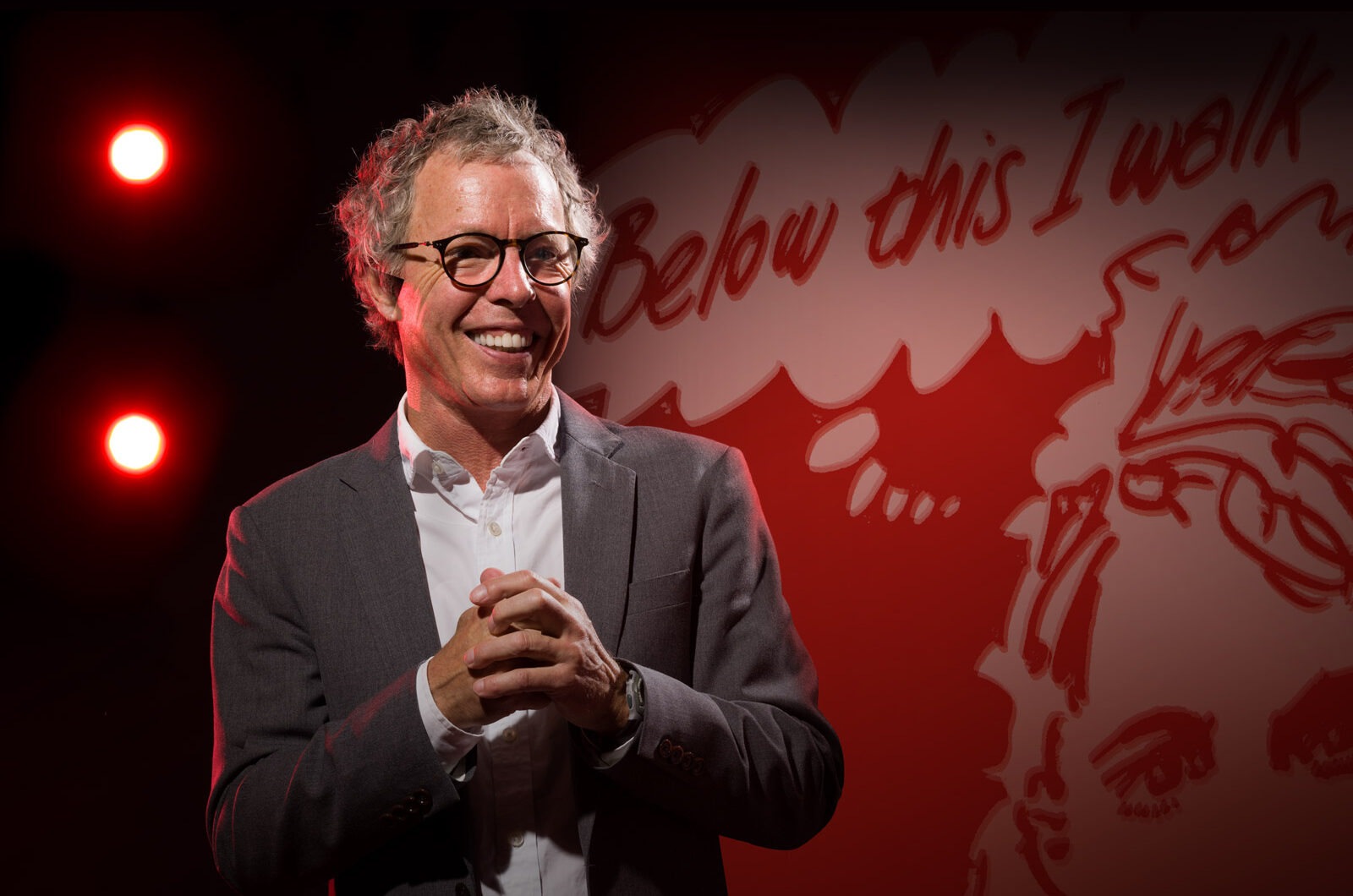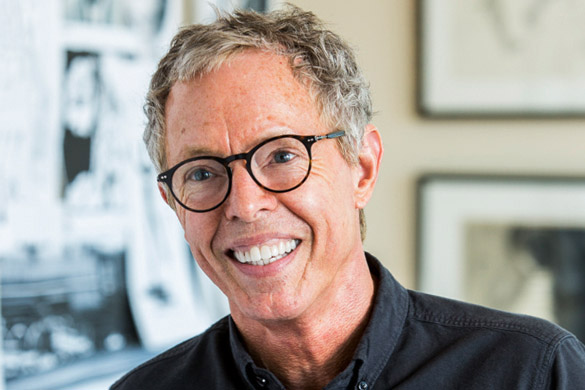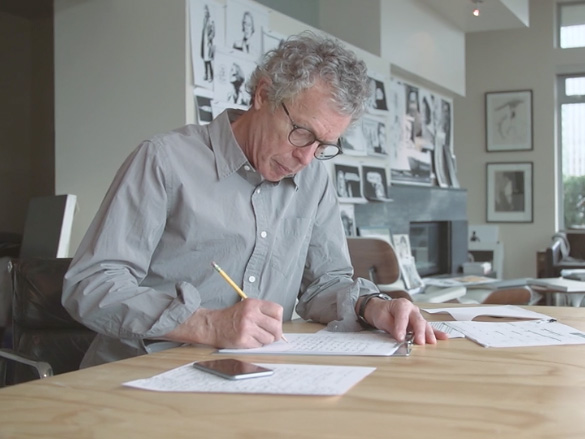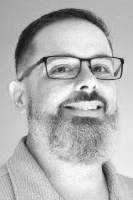A Creative Professional Career
I’ve spent my life inside creative service organizations. I grew my own corporate communications and branding firm to $10 million in fees with a team of 50 before selling it. Later, as Chief Creative Officer, I led 500 creatives across 27 offices worldwide. Along the way, I experienced both the exhilaration of building strong creative cultures and the challenges of sustaining them at scale. I closed a lot of deals in corporate conference rooms.
Leaving that role, I worked as a consultant for two different investor groups who engaged me to help them acquire brand design agencies. One day, I woke up and realized that I was working for the wrong people and not those I love, creatives like me.
Those experiences shaped my belief that the health of a creative firm depends not only on strategy or craft, but on the emotional intelligence, trust, and shared purpose of the people who work there.
Eighty Years Young
I turned eighty recently, and I say that with pride. Age brings perspective. I’ve seen cycles repeat across decades — challenges that feel unprecedented in the moment often follow familiar patterns.
And while age brings wisdom, vitality matters too. I can still outrun my teenage grandsons. I bring energy, curiosity, and a sense of humor to every conversation. I no longer chase growth for its own sake; I focus on meaningful, selective engagements where I can have the greatest impact.
Emotional Origin
I now know that my beginnings as a fostered and then adopted child have shaped my career and my life. It gave me a deep sense of empathy for others and a driving resilience that has shaped my actions ever since. My moral imperative is to help creatives win in an increasingly hostile world.


A Transdisciplinary Lens
My perspective is also shaped by my ongoing conversations with my wife, Robin McCoy Brooks. She’s a Jungian psychoanalyst, practicing mental health professional, and author. While we don’t work together formally, our daily exchanges have deeply influenced how I understand group dynamics, leadership, and the emotional ecosystems within creative organizations.
This transdisciplinary lens allows me to approach organizational challenges with both business acumen and human insight.
Focused and Personal
I work with a very small number of creative firms at a time — often just one or two. This allows me to be fully present and responsive to the people inside those organizations. My availability is intentionally limited; the work is deep, sustained, and personal.
If you’re leading a creative firm and sense that your team could benefit from a trusted, values-aligned advisor, I’d welcome a conversation.




